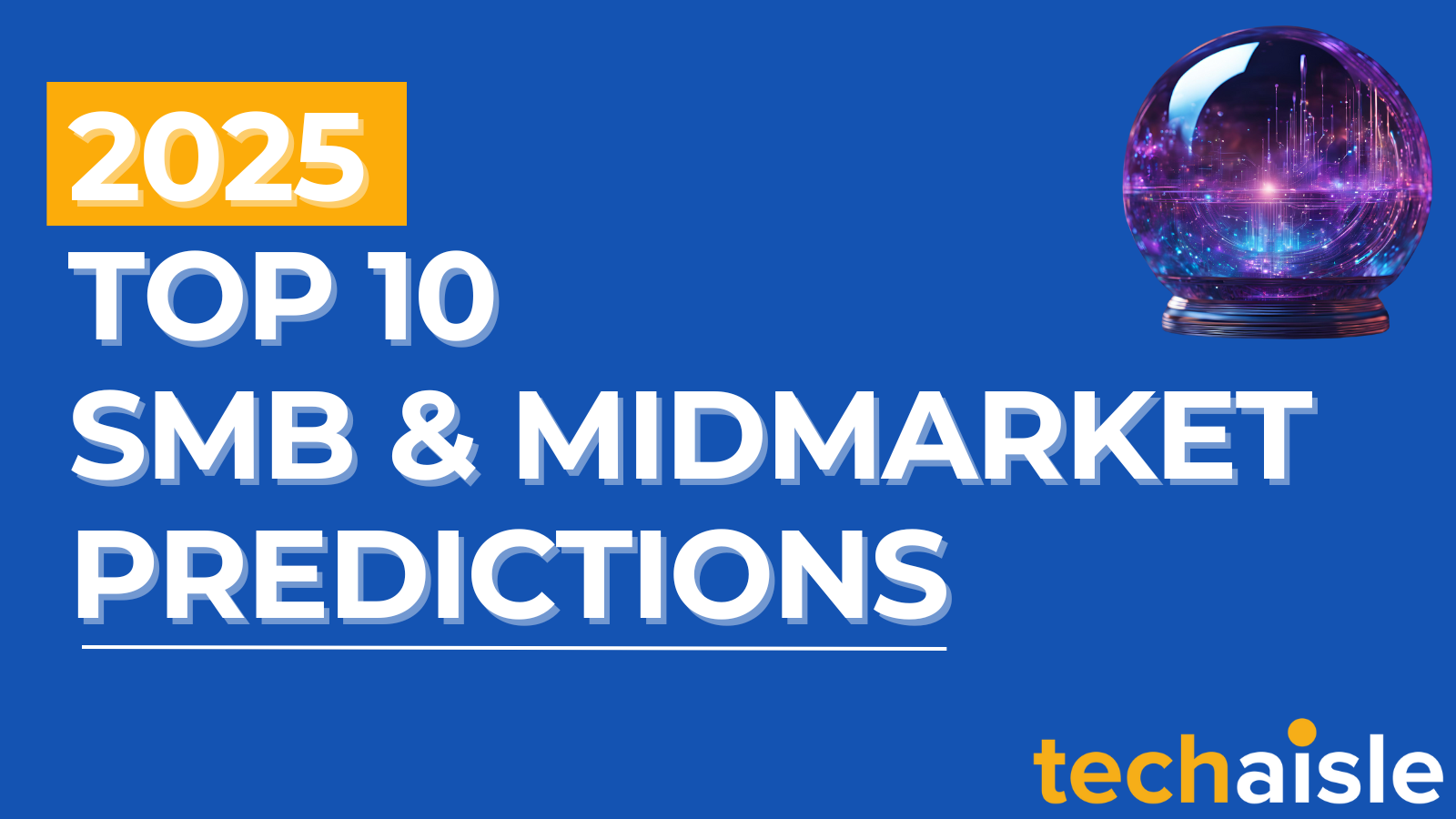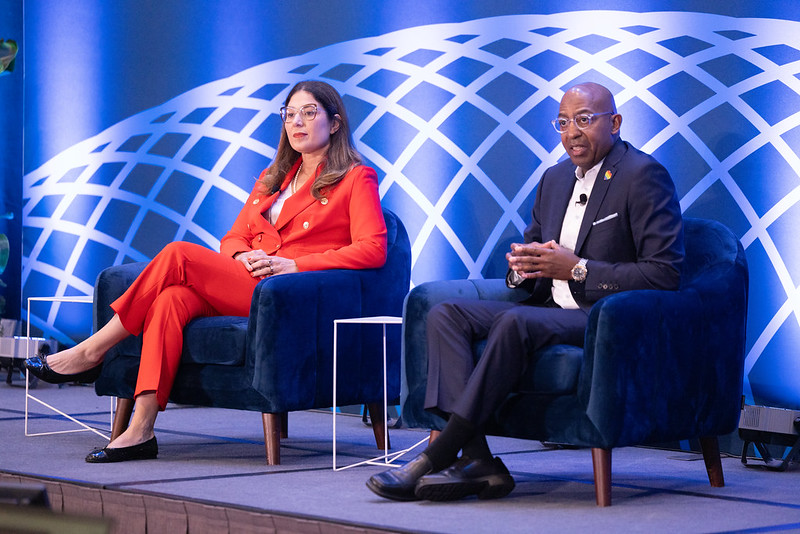IBM and Microsoft have an established and successful strategic partnership, marked by significant collaborations like ARO (Azure Red Hat OpenShift). In 2021, the general availability of Red Hat OpenShift on Azure evolved into Azure Managed OpenShift on Azure. In 2023, IBM achieved Partner of the Year recognition with over 13 accreditations across the Microsoft portfolio and seven in 2024.
ARO has been a cornerstone of this partnership, offering businesses a comprehensive hybrid cloud solution that seamlessly integrates Azure services with Red Hat OpenShift. This partnership has also driven IBM’s expansion on the Azure cloud marketplace, where IBM’s technology offerings have gained substantial traction.
In a significant initiative to enhance their long-standing relationship, IBM and Microsoft are expanding the partnership by bringing additional IBM solutions to businesses through the Azure Marketplace. This strategic move aims to provide businesses with a more streamlined and integrated experience, allowing them to access a broader range of IBM software and services directly within the Azure ecosystem.
Both IBM and Microsoft stand to benefit from this partnership, as Techaisle’s research indicates a growing momentum towards Azure Marketplace. 47% of businesses consider it to be secure, 45% find it well-understood, 44% utilize it due to its extensive footprint, and 41% perceive it as a mature platform. These positive perceptions highlight Azure Marketplace’s increasing appeal to businesses seeking reliable, comprehensive cloud solutions.
Expanding IBM's Offerings on Azure Marketplace: A Strategic Partnership
There are few absolute certainties in technology – but one subject that is beyond debate is that the cloud has permanently changed how technology is deployed and consumed within businesses, and AI is the latest disruptive technology. We know that AI is everywhere, but having arrived in a hurry, the changes made in response to its adoption will not leave abruptly.
Techaisle research shows that 72% of SMBs, 97% of midmarket firms, and 100% of enterprises believe technology is critical to business success. However, IT efficiency can be challenging to achieve. As the business pressures increase, the greater is the need for automation and orchestration. Business unit leaders seek inputs from IT to help achieve business goals. In straightforward terms, in 86% of firms, IT is expected to do more and is even seen as a source of innovation. In 79% of firms, IT is expected to deliver business outcomes faster. However, 80% of IT’s time is spent on support and maintenance; in 65% of organizations, IT is left with little time for innovation.
One of the key highlights of this expanded partnership is the introduction of Apptio Technology Business Management (TBM) software to the Azure Marketplace. Apptio, an IBM company, is recognized as a market leader in TBM and FinOps. It empowers organizations to make data-driven technology investment decisions and optimize costs across cloud and on-premise environments.
The roll-out of Apptio's product suite on Azure Marketplace will occur in phases, beginning with IBM Targetprocess on October 29th, 2024. Targetprocess is an Enterprise Agile Planning (EAP) software that integrates with Azure DevOps, facilitating better budget planning and management across diverse technology environments. IBM also plans to bring its flagship IT financial management solution, IBM Apptio Costing and Planning, to the Azure Marketplace in the first quarter of 2025. These initiatives highlight a commitment from both IBM and Microsoft to provide businesses with a comprehensive suite of solutions to manage and optimize their technology investments within the Azure cloud platform.


















